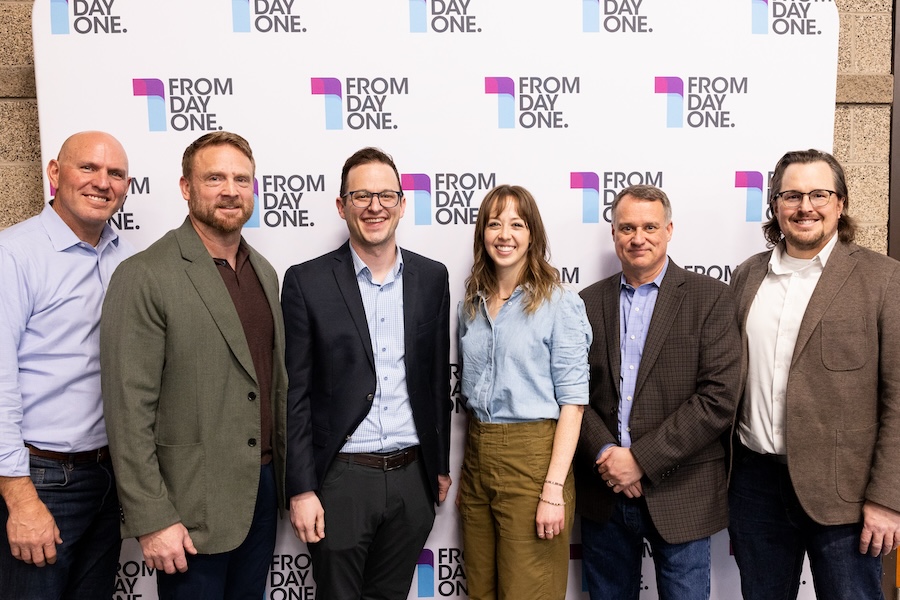Do Your Workers Feel a Sense of Belonging and Recognition?
Employees thrive and remain in organizations where they feel included and valued. Creating a comfortable space where everyone feels that they are heard and seen is crucial to recruitment and retention. During a panel discussion at From Day One’s conference in Salt Lake City, four experts offered tips and tricks on helping employees feel that they have a part in the conversation.For Emma E. Houston, chief diversity officer at the University of Utah, it starts with ‘hello.’ “One of the things that I make a habit of doing is saying, ‘Good morning, good afternoon, good evening.’ Because what is important is for individuals to be seen. So when you’re thinking about how you help people feel included, acknowledge their presence. Simply acknowledge their presence, and then the conversation can start from there. Just greeting someone on a regular basis, making that pause and making that acknowledgement that ‘I see you’ is one of the very first steps in creating a space of inclusivity,” Houston told session moderator Robert Gehrke, government and politics reporter at the Salt Lake Tribune.Matt Frisbie, chief marketing officer at AXOMO builds rapport in the workplace with stories, sweets (he prefers Snickers) and swag, which is appropriate since Namify manufactures branded gear. “The shortest distance between two people is a story,” said Frisbie. “We all have a story, we all have experiences that we can share. Ask open-ended questions and invite that [sharing], and try to get to their story.”Every Thursday at two o’clock, they walk the whole manufacturing facility with a box of snacks, says Frisbie. There’s everything, chips, Snickers, and healthy snacks, too. “But the point is actually to just walk in and smile, and say hello.”Weslie Porter, the director of culture and engagement for the state of Utah’s Department of Government Operations, shared a unique example of how different groups can have different needs, and they need to feel comfortable expressing those needs. He began by surveying attendees, asking who was right-handed [most of the audience], and who left [a few], and named scissors as one tool that is commonly engineered for right-handed people.“I have a left-handed friend,” he shared. They have to be very deliberate and strategic on where they sit when they go out to eat, he says. What’s interesting about this, as right-handed people, sometimes we think that things are just the norm. And so when we think about how we make people feel included, and feel welcome, we take a minute, and we realize that sometimes the norm comes from the majority.“And so the first step, specifically leadership, and even HR, when we're developing our job description, interview questions, whatever that might be, is to stop and realize, what about my experience is transferring into everything I do? And how do I get the different perspectives?” said Porter.The panelists discussed the topic "Do Your Workers Feel a Sense of Belonging and Recognition?" in Salt Lake CityWhat we can do is realize those perspectives will allow us to make better decisions. And more importantly, “it’ll allow our people to feel like they’re heard, they’re included, and recognized.” When they’re recognized, that’s when magic can happen, he says.Whitney Harper, the senior VP of people at Extra Space Storage, agrees. “I love the analogy of the left-handed versus right-handed. It’s imperative to “[create] those opportunities to listen to those perspectives, and to be open to that” she said.She adds that inclusive language is essential to creating an inviting and inclusive community in the workplace. Leaders need to ensure that “language is accessible to individuals to make sure that when we talk about DEI, we talk about inclusiveness, that we’re not using language that all of a sudden feels jargony.”Houston explained how the University of Utah has sought to achieve that goal, bringing stakeholders together to define what DEI meant for the school to create a consistent language. “We had 75 individuals in the room, creating the definitions of what we believe equity, diversity, inclusion and belonging access would mean at the University of Utah. So now we’re all holding ourselves accountable for what those consistent definitions are, and what the language is, and how we attach those to our values.”Porter has experienced how the language in job descriptions can impact diversity in the applicant pool. “When writing job descriptions, we have a tendency to use words that can mean different things that are bigger than they need to be.” Simplicity is key, he says. When the language is accessible and understood by all, there will be more applicants.He also touted Governor Cox’s initiative towards skill-based hiring, and his own experience being onboarded and welcomed as a completely remote employee. “We focus on the onboarding piece. Some of the data suggests that if you have that good onboarding experience, at the beginning, your attrition rate is going to go low, and [employees] are going to stay there longer for retention. So we really focus on that. In particular, those first couple of weeks are absolutely crucial to make sure that they feel that they can belong, and they can thrive. And we’re seeing some dividends getting paid.”Cynthia Barnes has written about everything from art to zebras from more than 30 countries. She currently calls Denver home.





